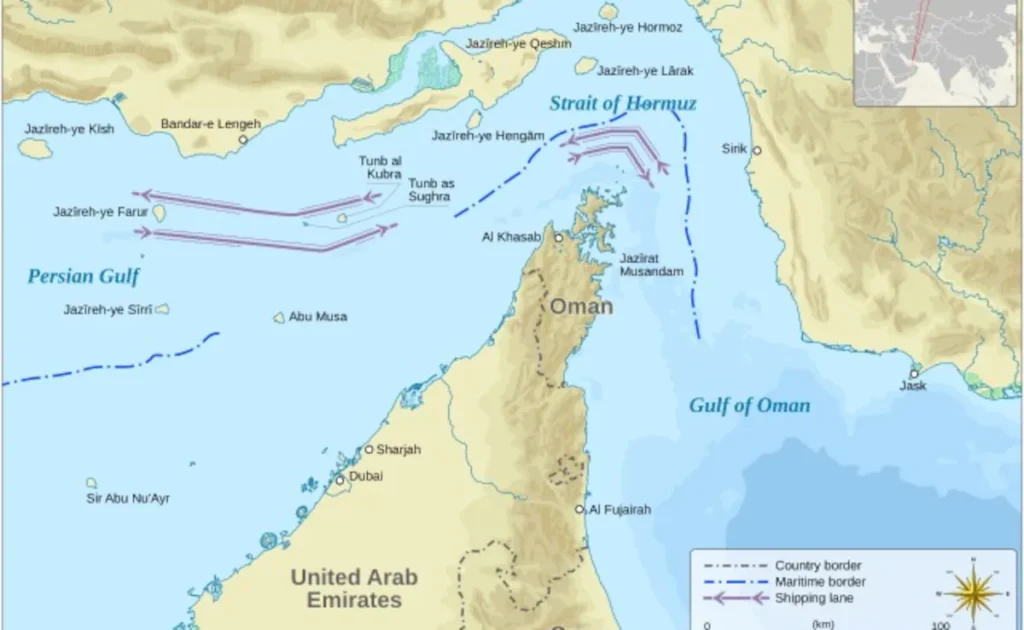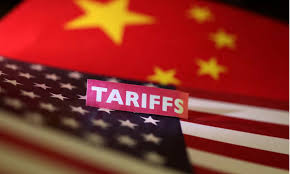Strait closure threats raise oil price fears, but Iran faces major strategic and economic drawbacks if action is taken.

Rising geopolitical tensions between Iran and Israel have once again spotlighted the Strait of Hormuz, responsible for nearly 20% of the world’s oil flow, as a flashpoint that could disrupt global energy markets.
Following recent U.S. military strikes on Iranian targets, concerns have surfaced about Iran’s potential to block the narrow but vital maritime corridor. Such a move could send oil prices soaring to $120–$130 per barrel, analysts warn, causing a short-term inflationary shock to the global economy.
However, experts argue that a blockade may backfire on Iran itself. The nation relies heavily on the strait for its own oil exports, primarily to China, its largest customer, and lacks alternative infrastructure. A full closure would also risk alienating Oman and prompting swift military intervention from the U.S. Navy, supported by international powers.
With 84% of the oil through the strait destined for Asia, regional economies like India, China, Japan, and South Korea remain highly vulnerable. Still, analysts believe any disruption would be brief, as global powers would act quickly to secure the route.
Source: The New Indian Express











